Litigation funder Omni Bridgeway calls for delay on new regulatory oversight rules
Omni Bridgeway CEO Andrew Saker says the managed investment scheme regime is not fit for purpose for litigation funders.
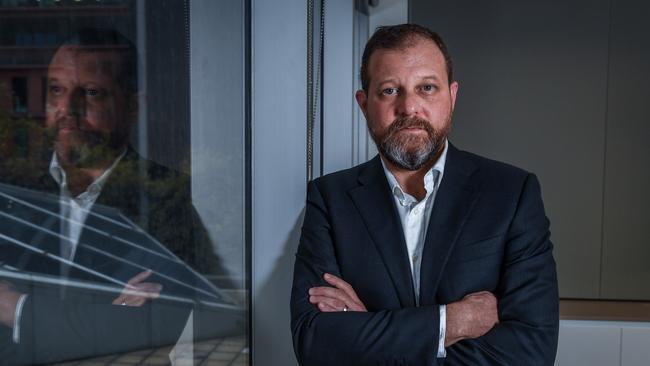
The nation’s largest litigation funder has called on the federal government to delay aspects of tough new regulatory rules due to hit the industry next month, labelling them “not fit for purpose” as he hit back against claims that funders are driving up the cost of doing business in Australia.
The managed investment scheme regime that litigation funders will soon be required to comply with as part of the government’s crackdown on class actions could negatively affect plaintiffs and defendants, according to Andrew Saker, the chief executive of ASX-listed Omni Bridgeway.
“It will be very clunky to make it work and it might not (result in) the best outcome for the plaintiffs, the defendant or even for the court because it could potentially lead to some confusion about how you apply it and what gets included and what’s excluded from relevant parts of the structure.
“I think it can work as it stands, but it is just incredibly not fit for purpose at the minute,” Mr Saker said.
Under changes announced by Treasurer Josh Frydenberg in May, litigation funders will from August be required to hold an Australian financial services licence and comply with managed investment scheme rules as the government removes exemptions to the Corporations Act the industry has enjoyed since 2013.
Existing class actions will not be subject to the revisions and transitional arrangements will be put in place to enable litigation funders to comply with the new requirements.
In a letter to Treasury this month, Omni Bridgeway — previously IMF Bentham before it acquired Europe-based Omni Bridgeway in November 2019 — called for the application of the managed investment scheme to be delayed until a consultation process had taken place. The litigation funder wants clarification on issues such as the definition of scheme property, as well as a refining of the constitution and voting mechanisms that operate under the regime.
While welcoming the AFSL requirement, Mr Saker likened the application of the managed investment scheme regime to the industry as akin to “fitting a square peg into a round hole”.
“We are generally in support of both the AFSL and the managed investment scheme rules the government’s put forward. The difficulty is the managed investment scheme regime was not developed with litigation funding in mind. Some of the definitions don’t work and some of it won’t assist group members. In fact, it might actually confuse them,” he warned.
“It won’t be clear as to what the definition of scheme property is, it won’t be clear as to who the scheme members are, and it won’t be clear as to how you apply the constitution, and the voting rights that sit within that. We’re not talking principles here, it’s just the mechanics of it.”
It would be a backwards step to abruptly remove the exemption in August and try to make the system work as it stands, he warned. Litigation funders have long been dogged by claims of exorbitant fees and commissions.
AMP chief executive Francesco de Ferrari last month blasted funders for driving up the cost of doing business in Australia, including rising indemnity insurance costs that are passed on to customers in the form of higher financial advice fees.
Mr Saker said it was mischievous for companies to blame funders for rising insurance costs.
“The reality is, insurance costs are going up because insurers are having to pay out on claims because companies keep breaking the law. It is as fundamental as that. It’s not an issue with class actions, it’s an issue with the law and their compliance with it.”
In a scathing submission to the Joint Parliamentary Committee on Corporations and Financial Services, which is currently reviewing the government’s proposed legislation, the Menzies Institute last month said return on invested capital for litigation funders in Australia was 17 times more than the ASX 200 and more than 10 times average global hedge fund and private equity returns.
“The litigation funding industry is generating extraordinary profits for its investors — profits that are paid out of the compensation awarded to their clients, the class members,” the institute said.
“In 2016, on average 59 per cent of settlement proceeds went to class members, while the average percentage paid out of damages as a funding commission was 15 per cent, with the balance going to the plaintiffs’ lawyers.
“By 2019, the average amount paid to plaintiffs had fallen to just 39 per cent of settlement proceeds, while commissions paid to litigation funders increased to 24 per cent and legal fees to 37 per cent,” the institute wrote in its submission.
Claims of such returns were greatly exaggerated, Mr Saker argued.
“They’ve made a comparison between the returns on invested capital and annualised returns that are generated on the ASX. You’re effectively comparing two different types of assets and two different types of returns,” he said.
The returns over time were commensurate with the risks and costs that had been incurred, he added, saying they were “nothing as outrageous as they have proposed”.
Omni Bridgeway is currently funding 14 Australian class actions. It has not funded a new Australian shareholder class action in more than 12 months.
Since listing on the ASX in 2001, Omni Bridgeway has been involved in 83 class actions that generated more than $1.6bn in recoveries.


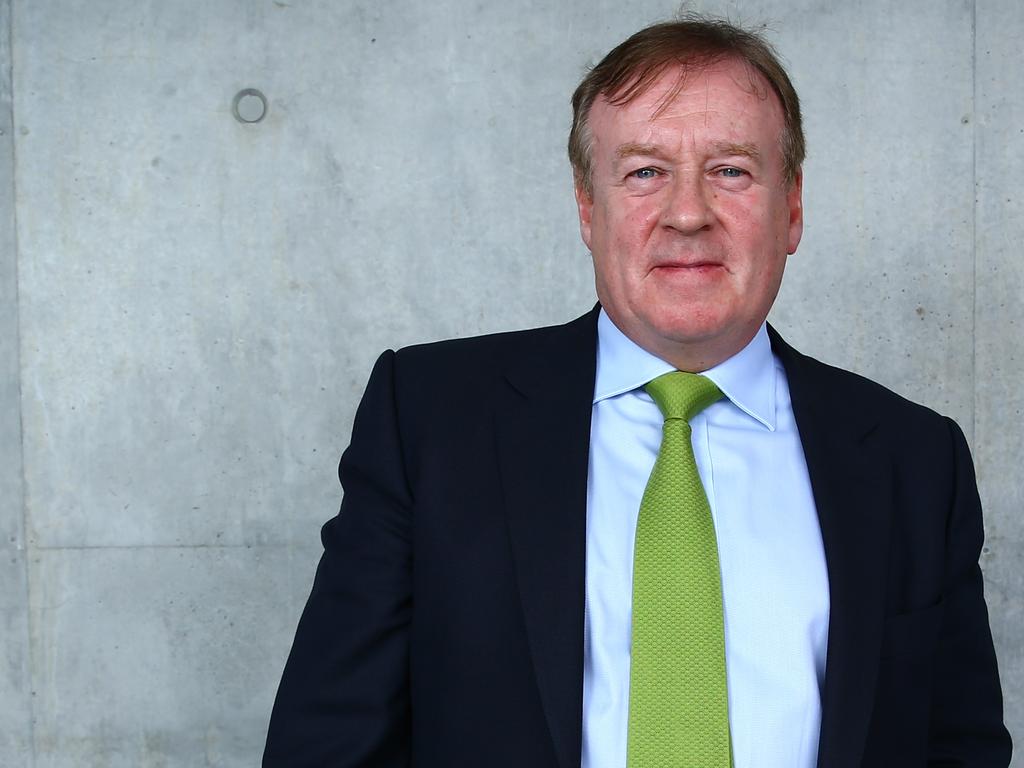
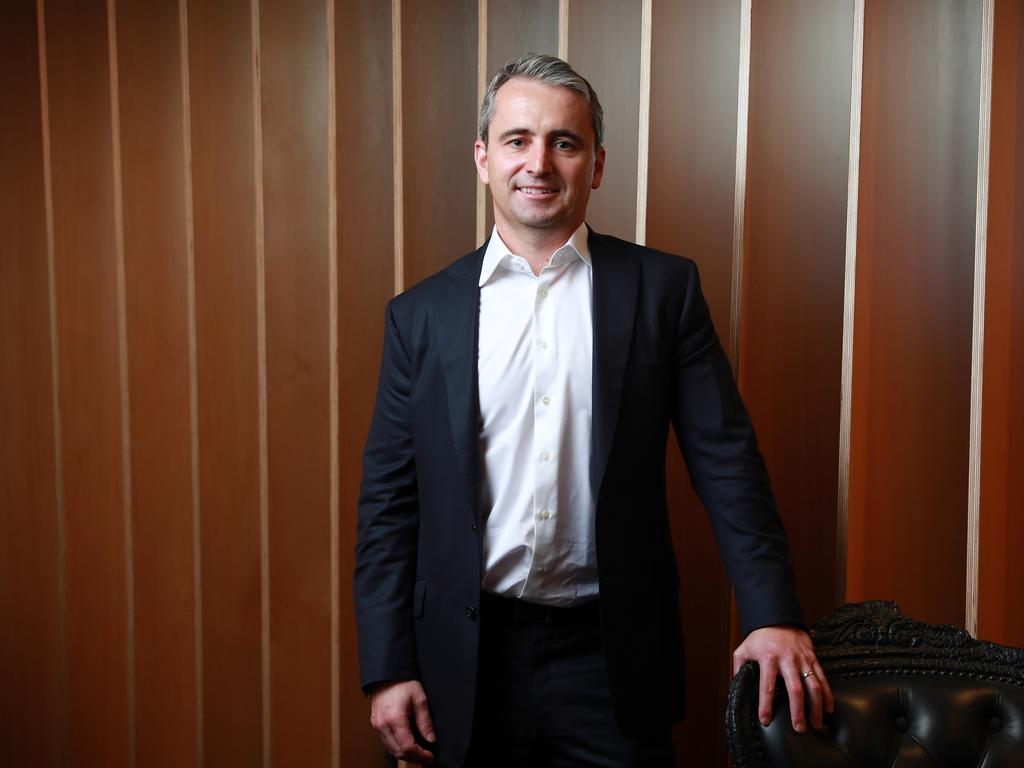
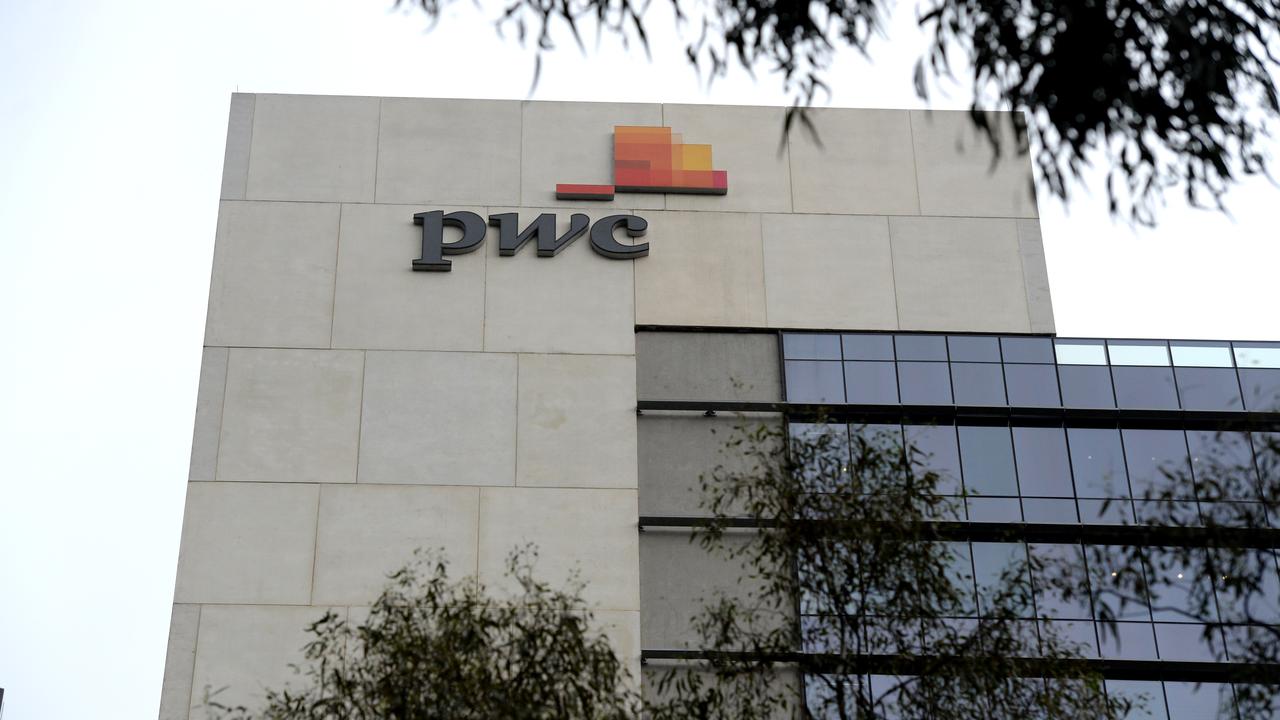
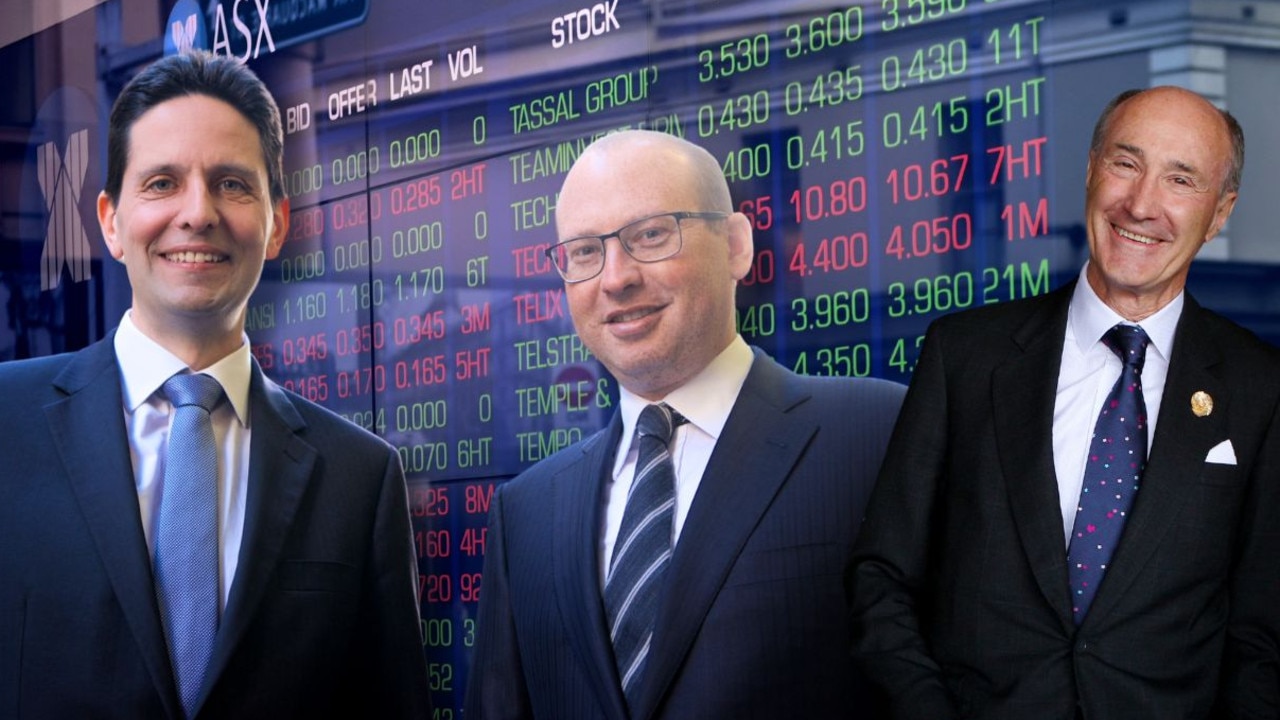
To join the conversation, please log in. Don't have an account? Register
Join the conversation, you are commenting as Logout